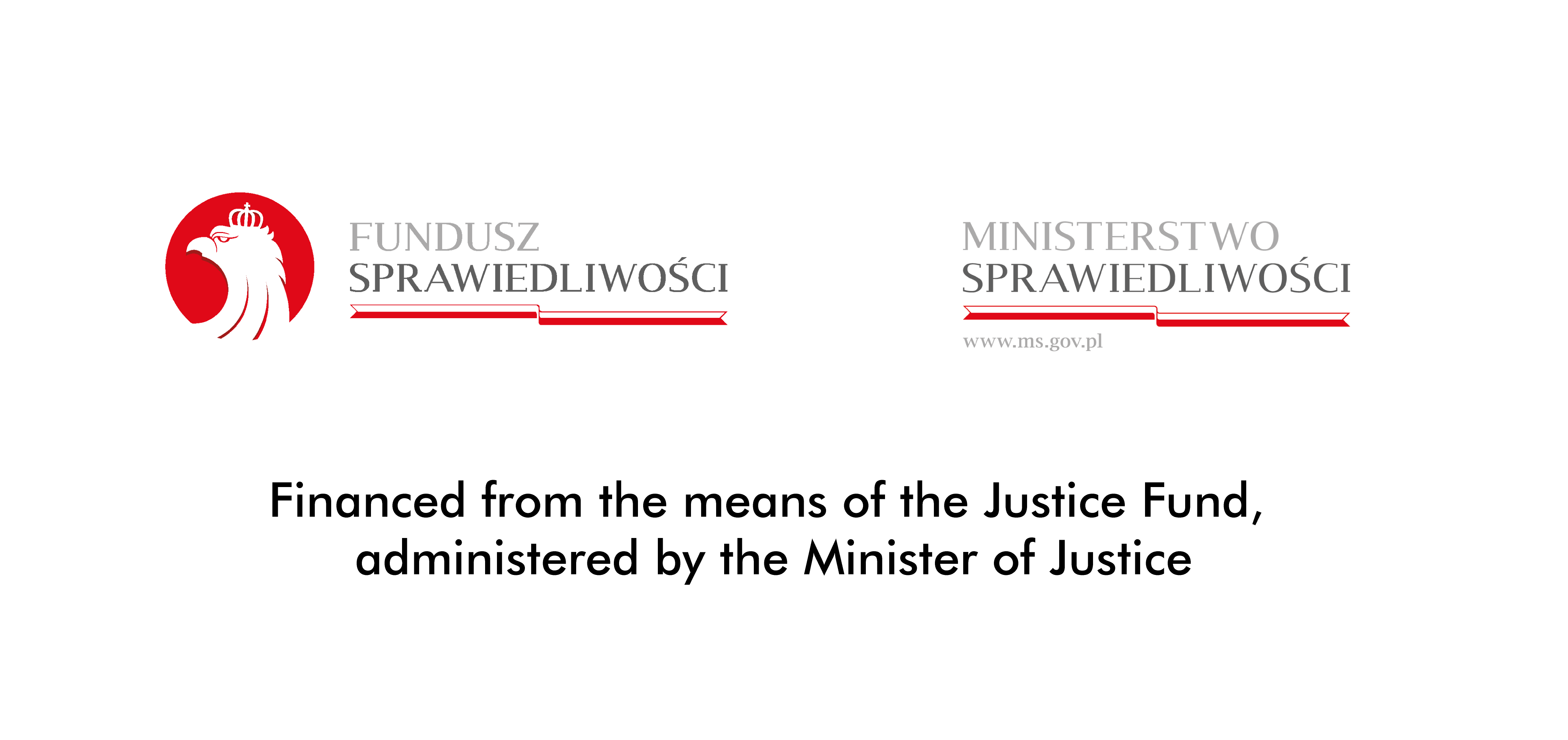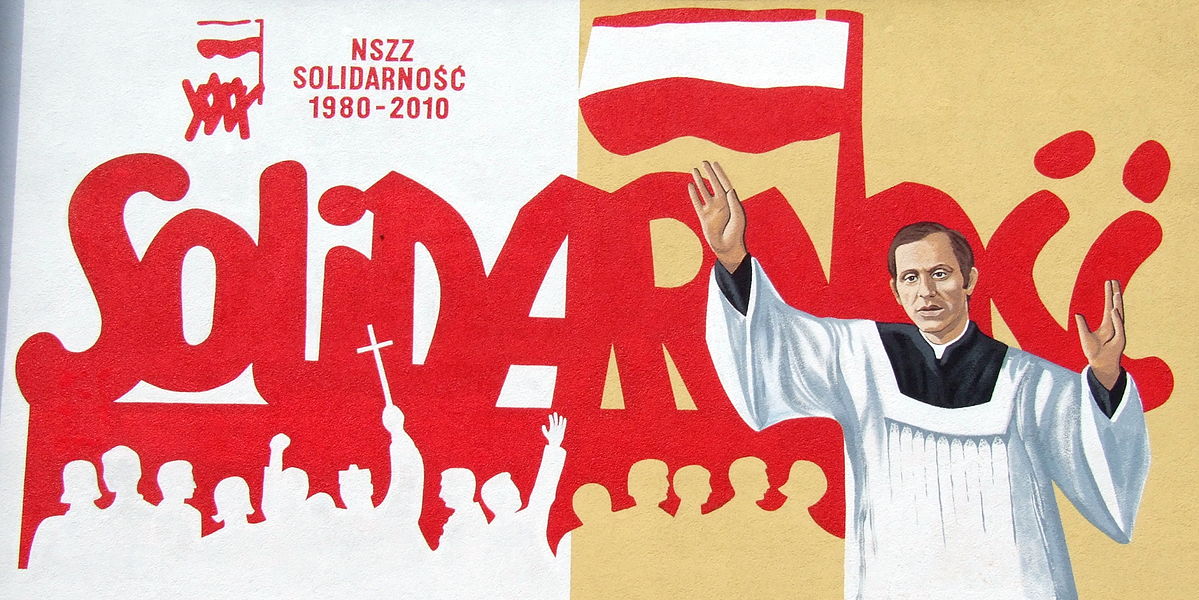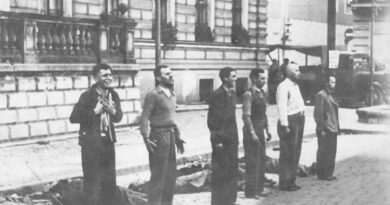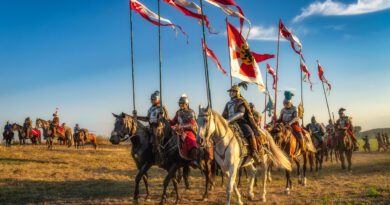A Pope and a Cardinal against the Party Secretary. Two great Poles vs communism

“We know from the documents of the Soviet KGB that Moscow was well aware of the great threat posed by a Pope who came from a communist country, knew the realities there, and how to counter this evil ideology” – says Piotr Dmitrowicz, historian, director of the Museum of John Paul II and Cardinal Wyszyński in Warsaw.
PIOTR WŁOCZYK: Who had the greatest motive in having Poland’s just-elected Pope killed in an assassination attempt?
PIOTR DMITROWICZ: The Soviets. And this was evident from the very beginning of this pontificate. John Paul II, as soon as he ascended to the Holy See, gave a clear signal that he would stand up for the rights of Christians living in the Eastern Bloc. These words were very relevant to people living behind the Iron Curtain. A few years ago, I spoke with Vytautas Landsbergis, the first president of Lithuania, who, by the way, was somehow not particularly connected to the Church at the time. Landsbergis told me how exuberantly Lithuanians reacted to John Paul II’s words “do not be afraid.” They took it as a great source of inspiration, an encouragement to oppose communism and overcome their fear of this totalitarian system.
The leaders of the Soviet Union perceived this as a real threat?
By all means. We know from Soviet KGB documents that Moscow was well aware of the threat posed by a Pope who came from a communist country, knew the realities there, and how to counter this evil ideology. Just a few months after the election of John Paul II, the Kremlin began to produce documents stating that if the Pope could not be stopped by “ordinary” means, then “extraordinary” measures would have to be implemented. Today, there is no longer any doubt that the May 1981 assassination attempt on John Paul II was inspired and organized by Moscow.
How can we directly link the bullets fired by the assassin Ali Ağca to the Kremlin?
Unfortunately, the Italian justice system made a series of errors during the investigation, led by something quite obvious: one of the bullets fired by the assassin, which the Pope later handed over to Fatima, was never examined. All indications are that in addition to Ağca, there was most likely another assassin who fired. There is no doubt that Communist Bulgarian intelligence was behind Ağca. The Bulgarian Embassy even prepared an escape plan for the bomber. Ağca changed his confession at least dozens of times, but all sings point to the Kremlin. It is the Soviet Union that would benefit most from the untimely death of a Pope who stood firmly against communism.
Can we imagine the intelligence of Communist Bulgaria carrying out such an operation without Moscow’s knowledge?
There is no such possibility. In the Eastern Bloc, the secret services of the satellite countries were strictly subordinated to the headquarters in Moscow, and nothing could happen without its knowledge. And the Pope caused enormous problems for the Communists. He stressed that the foundation of the relationship between the state and citizens is human rights. John Paul II argued very strongly for the rights of the most vulnerable at the UN. One Soviet diplomat who listened to the speech was even horrified by the impression his words made. There was faith and conviction behind them.
The Pope was also very unequivocal in his support for the policies of Ronald Reagan and Margaret Thatcher against communism. However, it all started with Poland. The communist wall began to crumble thanks to the Solidarity movement, which was formed after the Pope’s first pilgrimage to Poland. This was a defining moment in the history of Poland, but also of the Eastern Bloc.
Why?
The 1979 visit was a phenomenon. 10 million Poles saw the Pope live then. It was an unforgettable experience for all who took part. The Poles were suddenly able to “count” themselves in numbers. They saw how many there are who want freedom and reject communist dictates. Thanks to the Pope’s powerful message, they believed they had the strength and potential to make a difference.

John Paul II himself was surprised by the sudden “outbreak” of the Solidarity movement that occurred a year later. Let’s recall that this great Polish social movement arose quickly and in surprising ways. Although the Pope was amazed by such a sudden turn of events, this was exactly his plan: he wanted to give Poles the spiritual strength to fight for their freedom. A previously unknown speech from June 1979 was recently published. It occurred during a meeting between John Paul II and the Polish episcopate in Czestochowa, Jasna Góra. There, the Pope spoke clearly that we should provide support to societies enslaved by the Soviets. When, in June 1979, John Paul II spoke in Gniezno about the two “lungs” of Europe – about the West and the East – citizens of other countries locked behind the Iron Curtain listened to him and perceived these words as an encouragement to action. In addition, John Paul II opposed the episcopates of communist countries signing deals with the communists behind the Vatican’s back.
One can often hear from the left of the political scene not to overestimate the influence of John Paul II – and Poles in general – in the collapse of the communist system, because the Soviet Union was so dysfunctional that “sooner or later” it had to collapse anyway.
This is ahistorical thinking. “Sooner or later” every empire falls. In 1989 and 1990, the liberation of more Communist bloc nations had its roots in what began to happen in Poland thanks to the inspiration of John Paul II. John Paul II’s consistency in giving hope to the Poles and his cooperation with Ronald Reagan were absolutely crucial in this process. After all, the Polish Solidarity movement was the first independent institution from the authorities in the entire communist bloc in nearly 40 years! The erosion of the power of the Soviet Union began with it. As Alexis de Tocqueville said, the worst moment for power is when it tries to reform. And so it happened in the case of the Soviet Union. And why were reforms necessary? Because the people of the Eastern Bloc began to demand freedom. It is not true what was said recently after the death of Mikhail Gorbachev, that the last First Secretary of the Communist Party of the Soviet Union (CPSU) wanted to reform his country in a democratic spirit. This is not true. This “democrat” had on his hands the blood of protesting Lithuanians and Georgians who died during demonstrations against Soviet rule in 1989 and 1990.
What was the relationship between John Paul II and Ronald Reagan like? It seems that they genuinely liked each other…
Both statesmen adhered to a similar value system. Reagan may not have been a Catholic, but they both recognized the Soviet Union as an evil empire that deprived people of their freedom and was a threat to the entire world. They shared the same conservative view of the world. Central to this relationship was President Reagan’s relentlessness as the political leader of the Free World, which was supported by John Paul II. Keep in mind that this was largely behind-the-scenes, since the Pope was not, after all, a politician and used other tools to stand up to communism. John Paul II, moreover, never created himself as such a “playmaker.” We still don’t know everything about these diplomatic activities even today. What we do know is that a year before martial law was imposed (December 13th, 1981), John Paul II wrote a letter to then CPSU First Secretary Leonid Brezhnev, in which he made it clear that he was aware of Soviet plans to invade Poland. The Pope knew about this from American sources. Through such means, among others, the Pope the Soviet Union,.
You mentioned Margaret Thatcher, who also had an excellent relationship with Ronald Reagan and John Paul II.
Her role should not be forgotten. The Iron Lady found common ground with them for the same reason: she shared a conservative view of reality, saw communism as a huge global threat, and was not afraid to speak out strongly against the “Evil Empire.”
It is impossible to overestimate the role that John Paul II played during martial law in Poland…
A remarkable example is the Pope’s pilgrimage, which took place in 1983. It was the second year of martial law. This pilgrimage itself is very underestimated, including by the Poles themselves. However, in many ways, it was a phenomenon. Poles seemed to be broken by the regime of Gen. Jaruzelski, who stifled Solidarity by imposing martial law. And in these circumstances and surroundings, the Pope appears in Poland and speaks boldly of hope, of faith in change. John Paul II gave Poles a huge boost of courage then. After his meeting with the youth in Częstochowa, the communists became so enraged that they wanted to stop the pilgrimage. The reaction of people from the upper hierarchy of power was very distinctive. They watched in disbelief as their attempts to transform society suddenly turned out to be completely ineffective. The Pope hosted members of Solidarity in audiences and displayed a candle in the window of the papal residence during martial law. Poles understood this symbol: I am with you in this dark period of our nation’s history.
How much did the Church help Poles at that time in material terms?
The extent of these activities was very large. In the 1980s, the Church provided assistance regardless of whether the recipients were believers or not. But in addition to the material dimension, there was also that of freedom. For in Poland, the Church was a space of freedom, including artistic freedom. When censorship ruled everywhere around, within the walls of buildings belonging to the Catholic Church in Poland artists could operate quite freely. For Poles – not just religious people – this was a breath of liberation in the suffocating atmosphere of communist dictatorship.
It seems that John Paul II was anti-Marxist in a global sense – for the Polish Pope countered this ideology not only in Europe, but also in Latin America, among others.
In the 1980s, John Paul II spoke out against so-called liberation theology and reprimanded priests who had leftist tendencies. This was the case, for example, in Nicaragua. The Pope reiterated that freedom is not given once and for all and enslavement can return if society is not vigilant. John Paul II said this through the prism of the two totalitarianisms in which he lived.
In a spiritual sense, can John Paul II be said to have grown out of Cardinal Stefan Wyszyński (Primate of Poland from 1948-81)?

Most definitely. During the inauguration of his pontificate, John Paul II famously said: “There would not be a Polish Pope on the Holy See if it were not for you, Cardinal.” Today, by the way, we know that Cardinal Wyszyński lobbied very hard during that conclave for the election of Karol Wojtyła as Pope. Cardinal Wyszyński had another great merit – he was able to remove himself from the shadows when Karol Wojtyła became Pope. For example, during John Paul II’s first pilgrimage to Poland, the Cardinal was initially close to him, but later moved to the farther ranks. By doing so, he wanted to emphasize that this was the time of the Polish Pope. And before that, after all, it was the other way around. From 1967, Poland had two cardinals: Stefan Wyszynski and Karol Wojtyła. At the same time, the future Pope emphasized that Stefan Wyszyński always came first. When he was once asked in Italy what the situation was in the Polish Church, he answered very briefly, “In Poland, 40% of cardinals go skiing” (Karol Wojtyła was known to love the sport – Editor’s note).
We can say without exaggeration that without Wyszyński there would be no Wojtyła that the world has come to know. The Primate of Poland was one of the best experts on communism. Before World War II, he wrote dozens of texts on the Soviet Union. He described the process of atheization and outlined the dangers associated with it. He warned those Polish intellectuals who flirted with communism before the war. All this allowed him to lay out a program to contain communism after the war. Wyszyński, like Wojtyńa, understood that for Poles to survive, they had to preserve their fundamental values, and for this it was necessary to save the institution of the Church.
Cardinal Wyszynski is known to have taken a very pragmatic approach to these matters….
Many criticized him for signing an agreement with the communists in 1950, but thanks to this he “bought” the Church in Poland some time and…saved it. And this was not so obvious, as evidenced, for example, by the situation of Catholics in Hungary, who were literally crushed by the Communists.
Cardinal Wyszynski was chaplain of the Home Army during World War II and witnessed the drama of the Warsaw Uprising, which he revered to the end of his life. He assumed responsibility for the Polish nation and put the survival of the Church in Poland first. And he succeeded. Polish Catholics survived the communist night and won their freedom.




